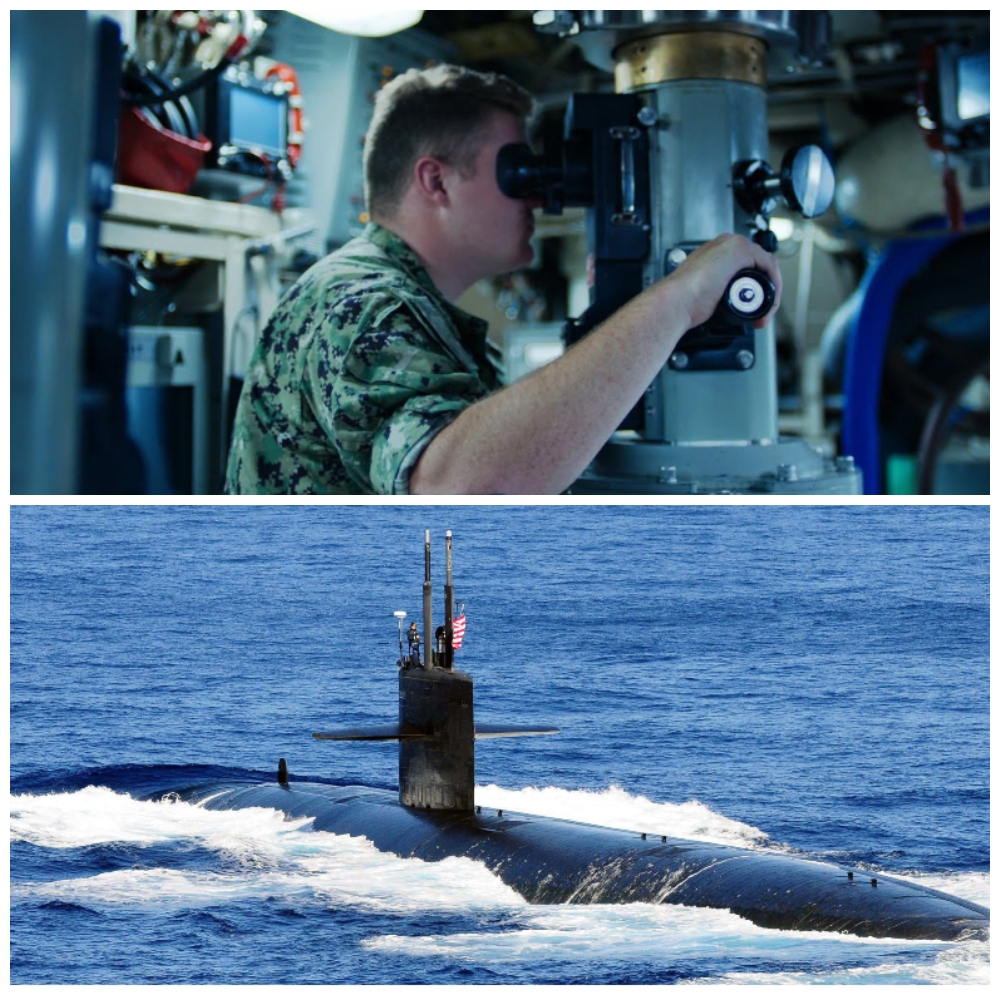
Are you planning to take the plunge into the icy depths of the past, all from the relative comfort of a high-tech submarine? If so, then this article is your ultimate pre-departure briefing. We’re about to dive into over 25 fascinating facts and captivating experiences that define life aboard a submarine – a realm of tightly packed spaces, stunning undersea vistas, and an altogether different perspective on the world.
From essential tips for your undersea journey to memorable anecdotes from those who’ve made the trip, from the operational intricacies of a submarine to the unforgettable moment of seeing the Titanic’s ghostly silhouette emerge from the darkness – we’ve covered it all.
Long Days
In the American Navy, pre-2014 submariners were expected to work very long hours. Each day, they would wake up and begin an 18-hour shift, with six of those hours allocated to being on watch.
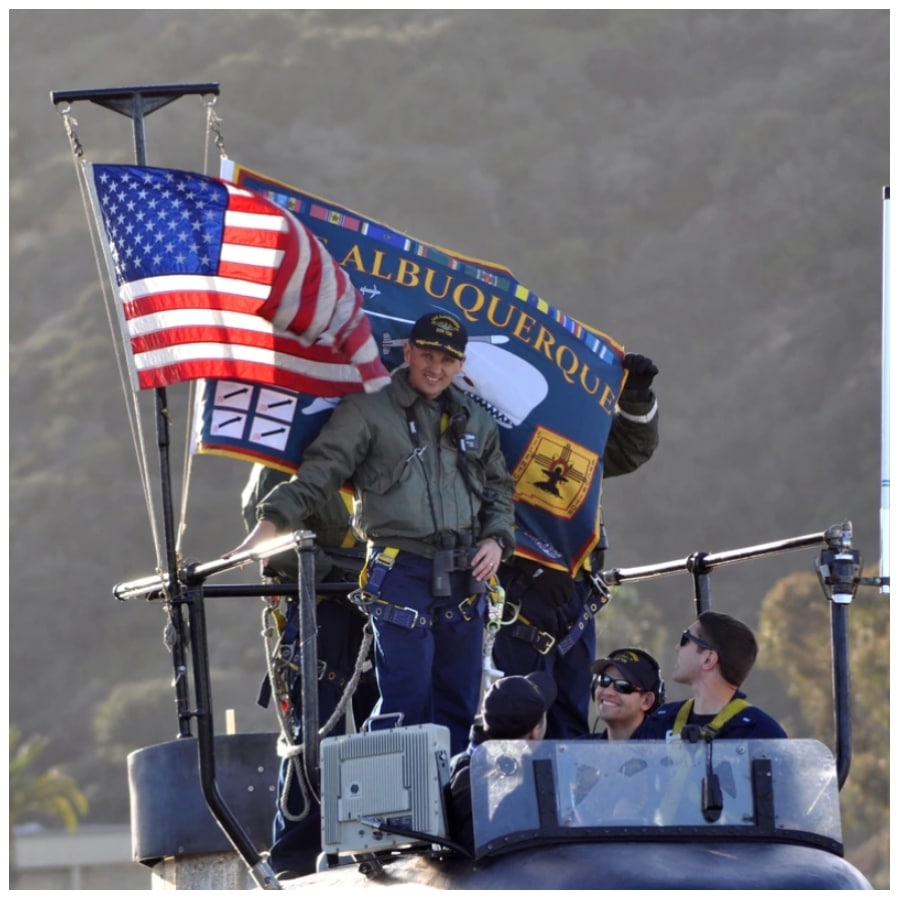
Eventually, some officers spoke up about these extremely long shifts, and the military decided to cut them down to 8 hour watches with 16 hours of downtime. As soon as this shift occurred, the submariners became happier, and work was more efficient.
Teamwork
Life onboard a submarine means living in very close quarters. Everyone knows everything about you, and that includes all of the belongings that you keep in your storage locker. Theft is uncommon, but when it occurs, it is considered to be a very big deal.
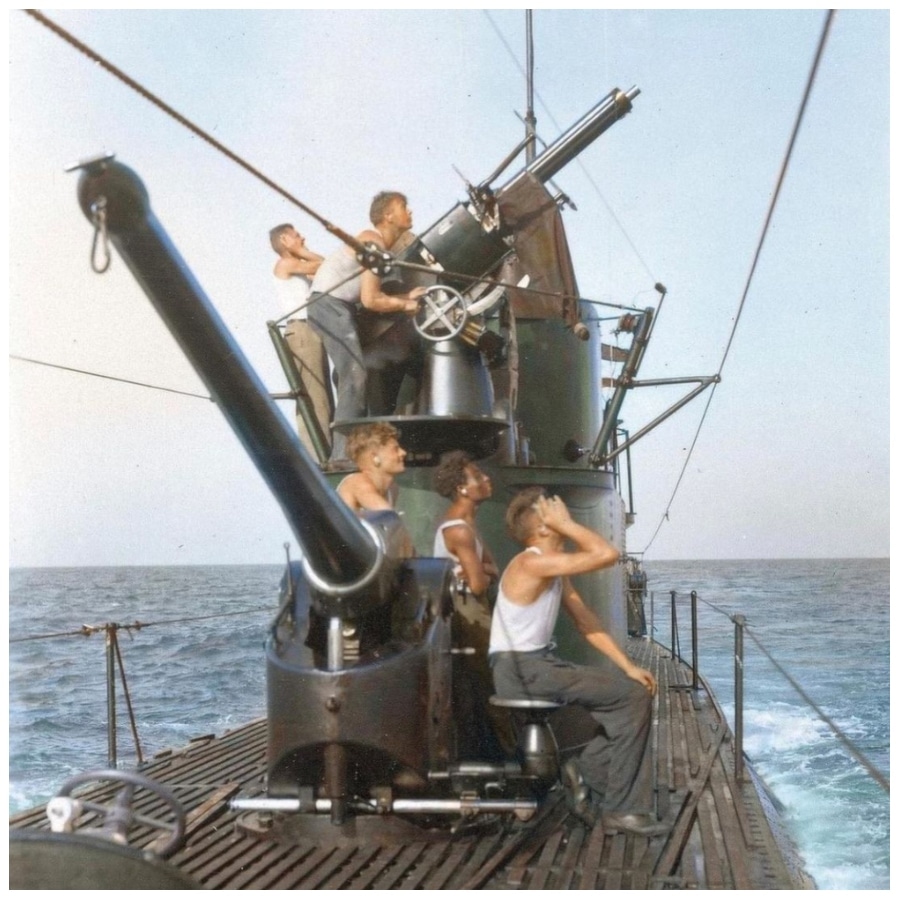
Not only are you dropped off at the closest port, but you can sometimes be demoted in rank or even discharged from the team itself. It’s always better, to be honest and keep sticky fingers to yourself.
Living Together
If you’ve ever been aboard a submarine for a tour, then you know just how close the living quarters are. All of the bunks are typically in one location on the submarine unless you are an officer, in which case you may have your own small cabin.
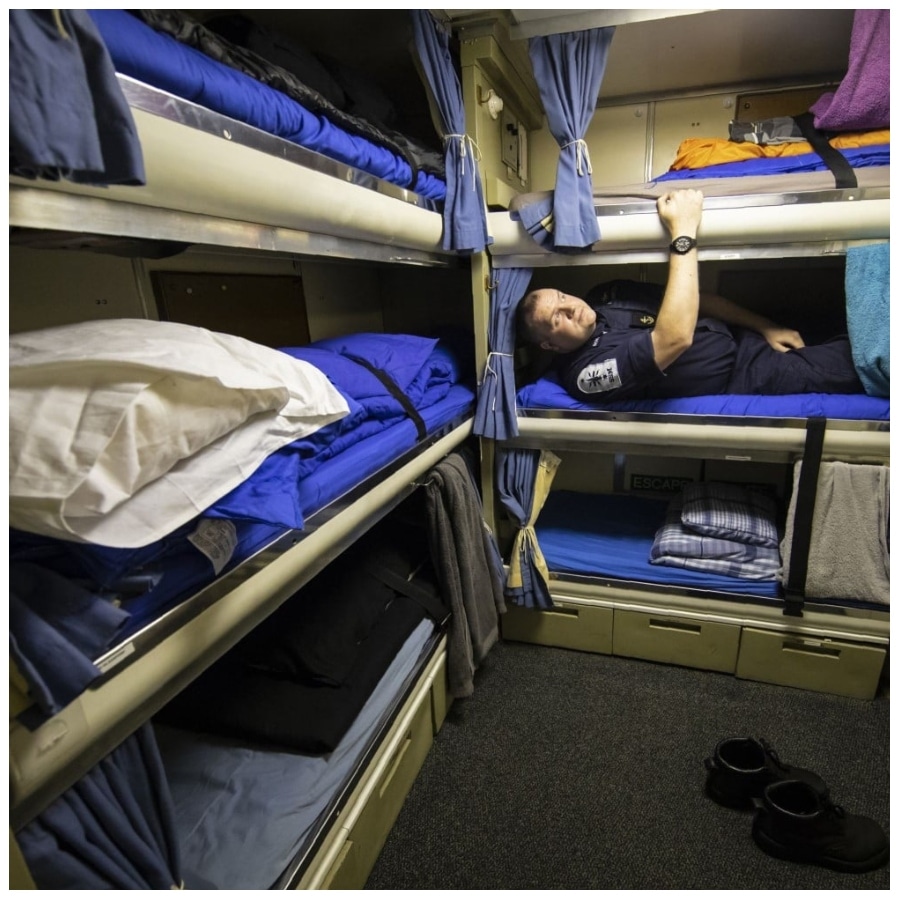
For the regular folk, they are expected to share their bunk with two or three other team mates. Everyone works in different shifts, which means they all sleep at different times.
A Sign Of Honor
Each rank has different medals and insignia associated with it, but there is one symbol of honor that all submariners aspire to attain – the dolphin pin. Dolphins are known for being incredibly intelligent creatures, which is why it is a symbol associated with great intellect.
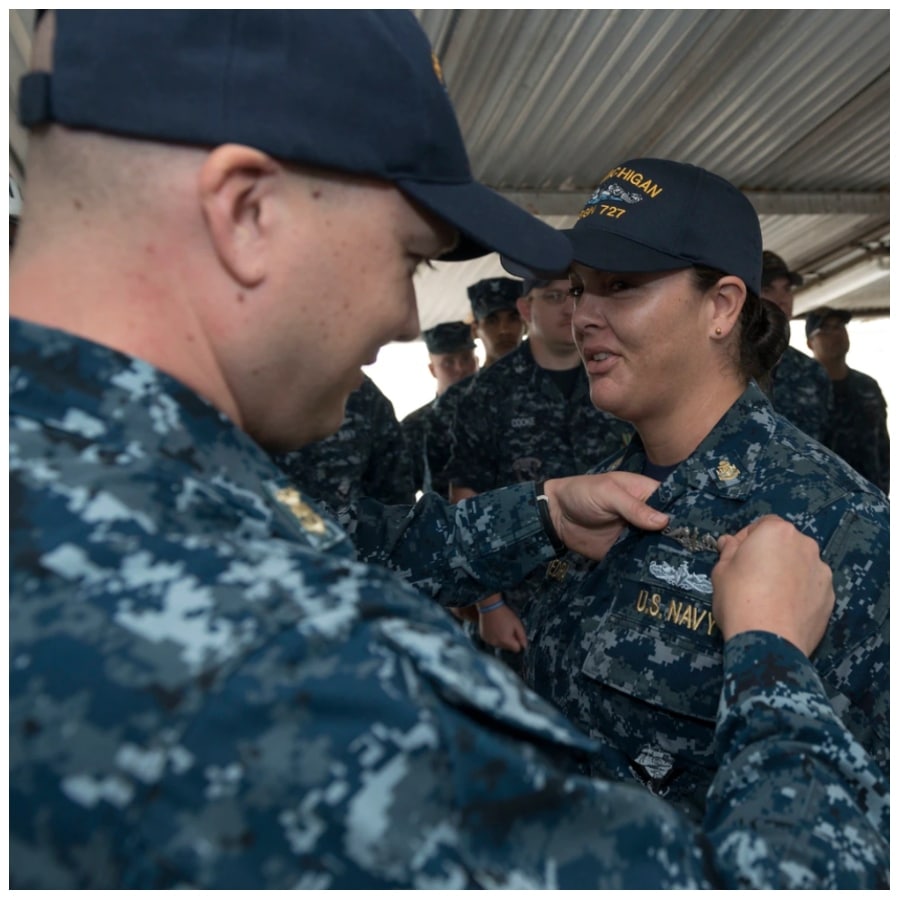
To attain a cherished dolphin pin, a submariner must learn how to use every part of the submarine. Then, they must pass a lengthy test, and if they pass it with flying colors, they earn their pin.
The Coffin Room
Bunk rooms aboard a submarine are never called bedrooms. With so many bunks piled one on top of the other, often without room to even sit up in them, they have been given a very unique nickname.
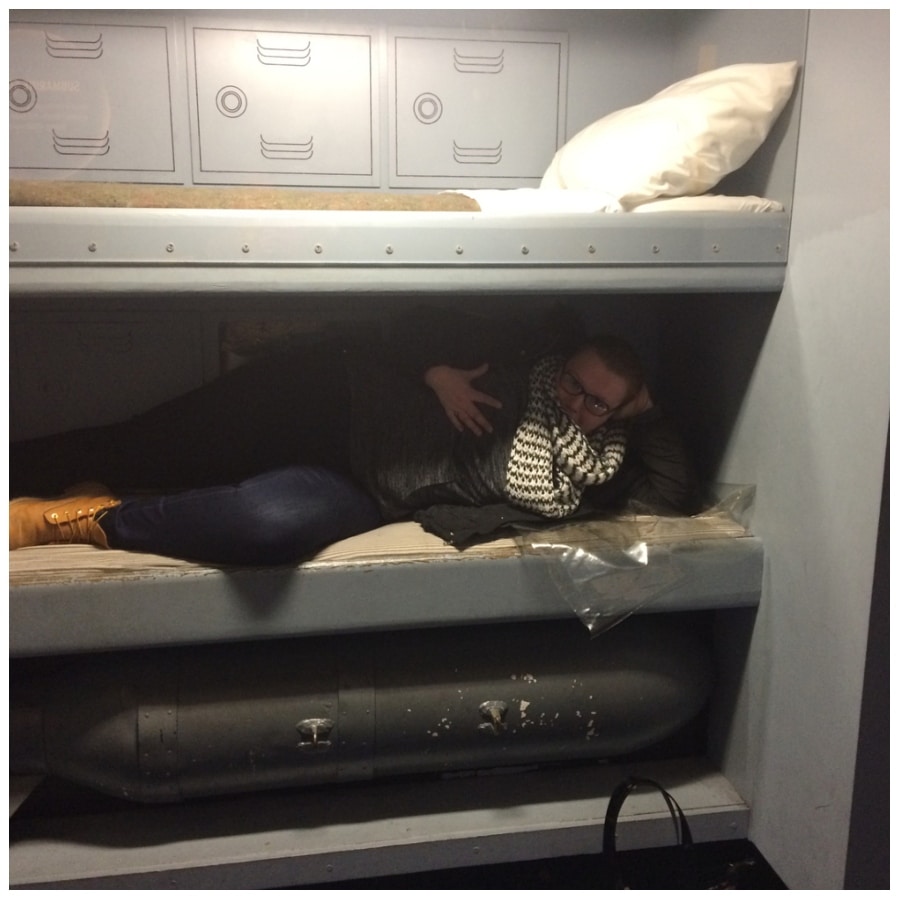
Because the bunks are often dark, small, and a bit cramped, submariners have dubbed them ‘coffins.’ It’s a good nickname, but we would be a bit nervous about having nightmares as we fall asleep in our ‘coffin.’
Catching Some Shut Eye
Living aboard a submarine has some perks. One of these is learning how to sleep whenever and wherever. Since these hearty folk spends so much of their time manning various instruments, running drills, and generally maintaining the submarine, they can get pretty tired.
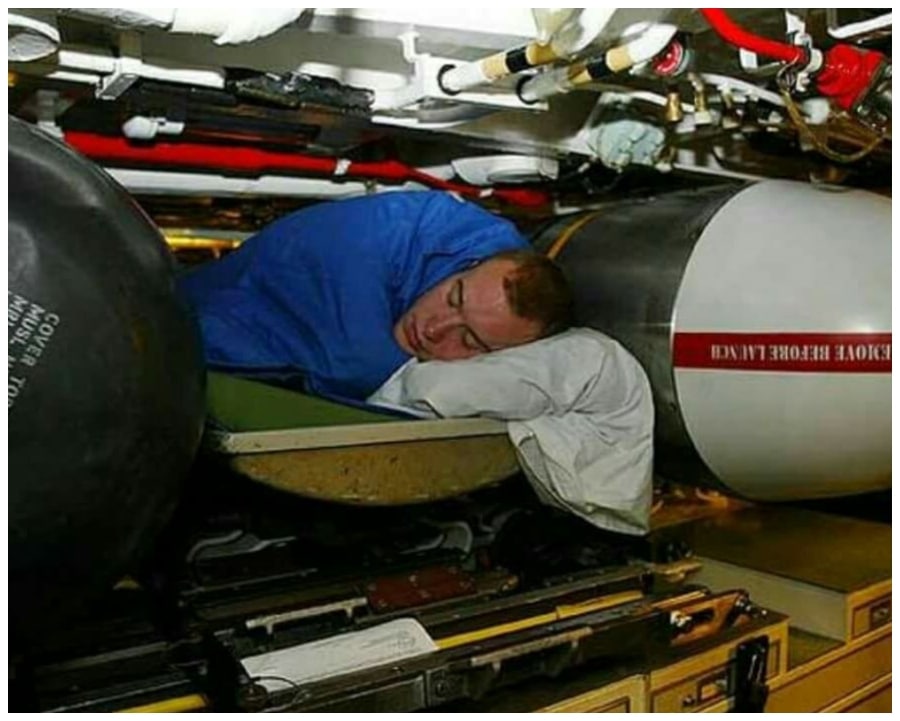
That means whenever they get the chance to take a quick nap, they hunker down wherever they are and grab some much-needed shut eye. A jacket makes an excellent pillow!
What Time Is It?
You might think that submarines come up for air every few weeks, but these innovative machines can stay underwater for weeks and months at a time. That means the crew that is manning it doesn’t experience night and day the way we do up top.
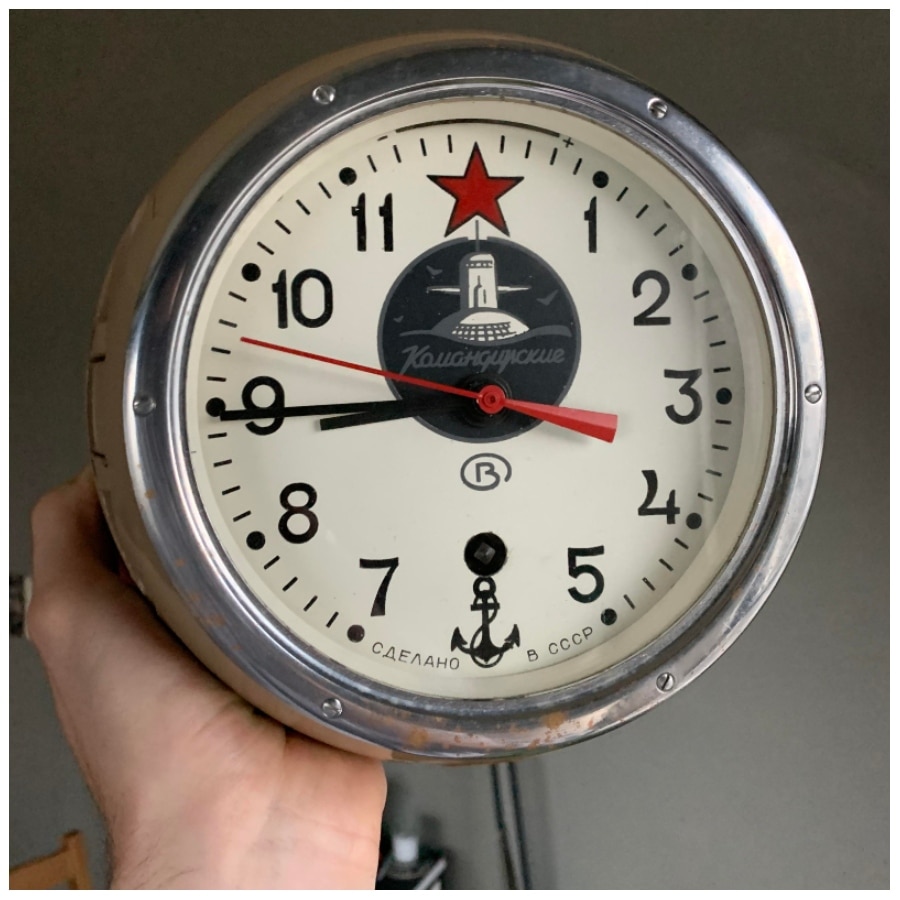
This can be a bit disconcerting, but with clocks all over the submarine, everyone knows what time of day it is. We imagine it takes a bit of getting used to living underwater.
Staying Fit
There aren’t a lot of places to go on a submarine, which can lead to the crew feeling a bit pent up. That’s why submarines have small recreation areas where the crew can go to blow off some steam.
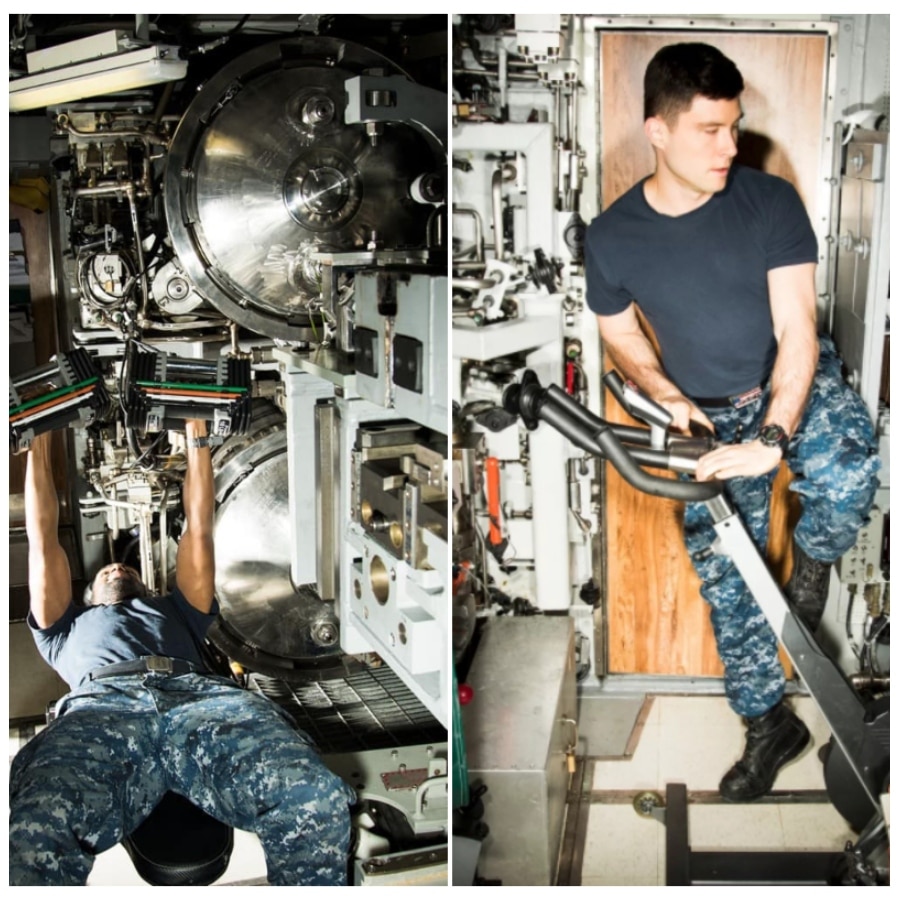
These areas have items like exercise bikes and a few weights. The crew is encouraged by their superiors to stay fit and use the space whenever they are not on watch. This keeps the crew sane and healthy.
Getting Used To Less Oxygen
Pumping fresh oxygen into a submarine takes some serious mechanics, and most of the air is recycled via a filtration system. As well, there are some substances aboard a submarine that are flammable, and lower oxygen levels keep these from catching on fire.

That means the crew’s bodies must adapt to lower levels of oxygen while they are aboard. This can be hard at first because it causes fatigue, which can also lead to mood swings.
Getting Cozy With Nukes
At the end of the day, the crew aboard submarines aren’t out for a leisurely cruise. They are working to keep the waters safe, and that means that the submarine is full of weapons like nukes, missiles, and torpedoes.
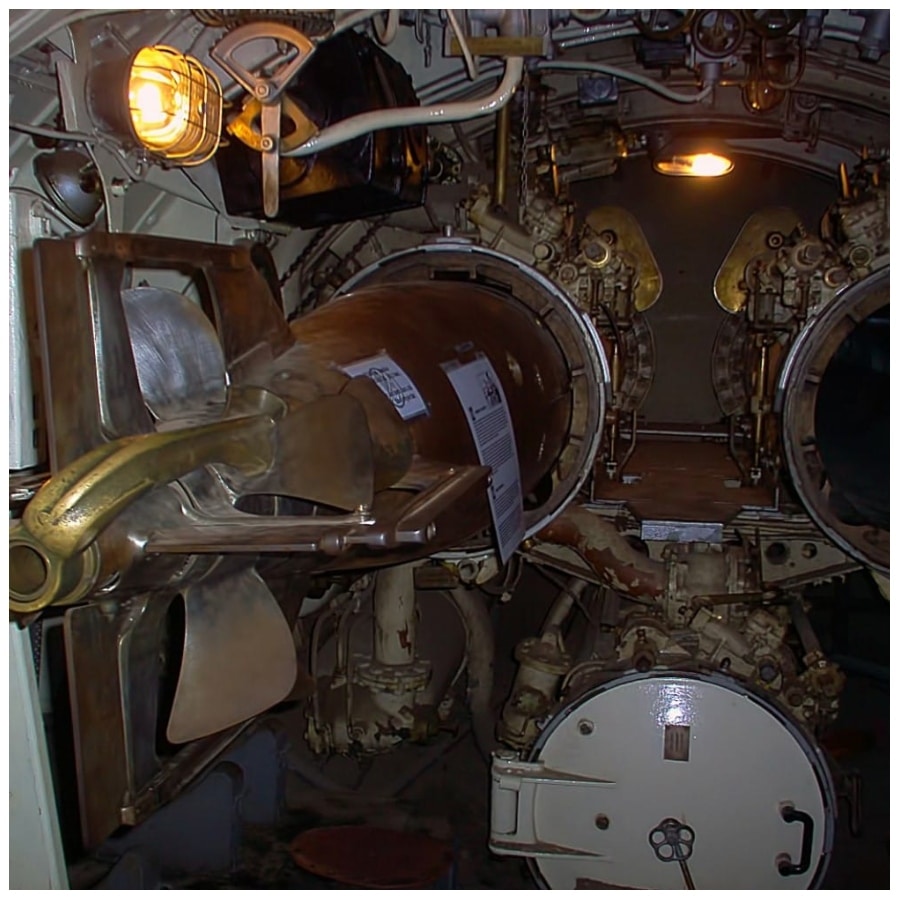
Each crew member knows what they have signed up for, and that means sleeping next to some state-of-the-art weaponry. Don’t worry, though; these are trained professionals and know what they are doing.
Enjoying The Mess Hall
The mess hall is where the entire submarine comes together. This is where the crew has their meals, watches television, and enjoys a game night or two. For most crew members, they spend at least a couple of hours in the mess hanging out each day.
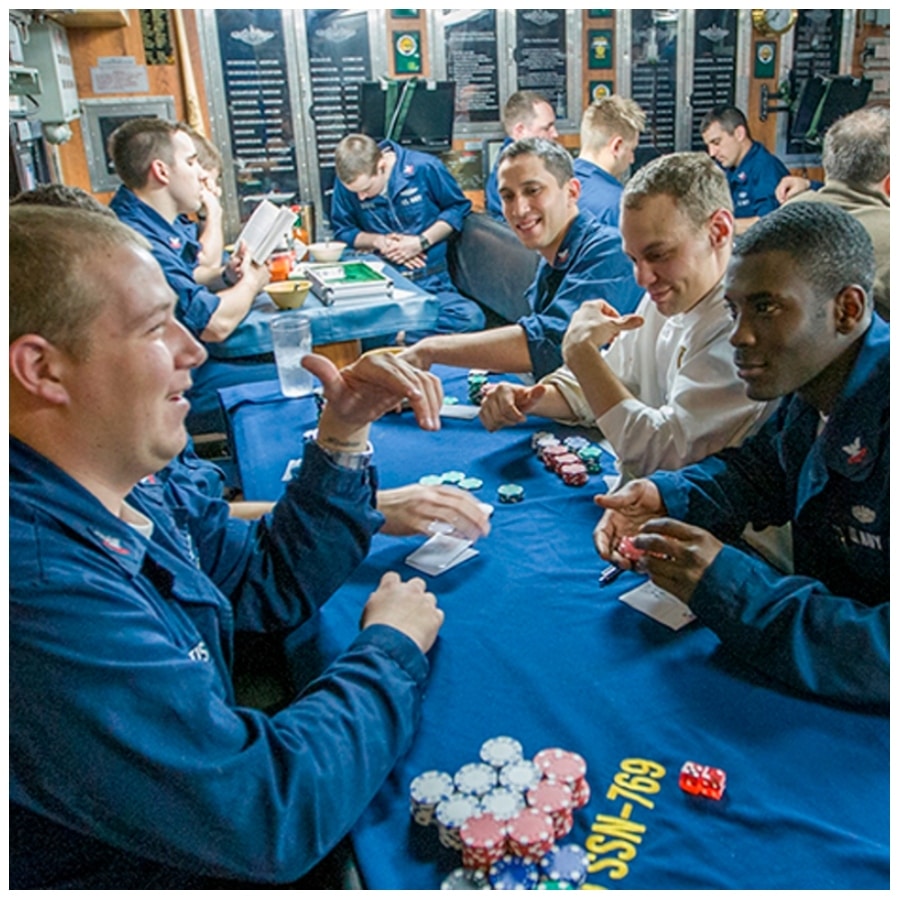
Everyone needs to destress and catch up with their friends. There is even the occasional poker night, although we’re not sure if anyone is playing with real money or just for bragging rights.
Trust The Electronics
Submarines are designed to glide silently along the ocean floor, which means some top-notch technology is needed for navigation. There are no giant glass fronts for navigators to peer through.

Instead, the crew responsible for driving the submarine has to rely solely on the navigational instruments onboard. The entire crew has to trust that their electronics will not steer them wrong. This job is not for the faint of heart.
The Length Of A Tour
When a submarine deploys, its crew knows that they will be spending a minimum of 90 days or three months living underwater. However, most tours, as they are called, last substantially more than 90 days.

As a submariner, you need to be prepared for your tour to be extended, sometimes upwards of an additional 90 days. That means some crew spend a whopping six months onboard their sub and away from their friends and family.
Enjoy The Quiet Time
Living underwater means that there is a lot of quiet time to be had. As soon as alarm bells start going off and people start moving quickly it means that something is happening and danger might be afoot.

Submariners know that a quiet tour is a good thing. It means the seas are peaceful, and their job is simply to patrol. This might be a tad on the boring sign for crew members that want some action, but no news is good news.
Tiny Bathrooms
When you are onboard a seafaring vessel, whether it is a sailboat or a submarine, bathrooms are known as ‘heads.’ With such close quarters on a submarine, bathrooms tend to be on the tiny side.
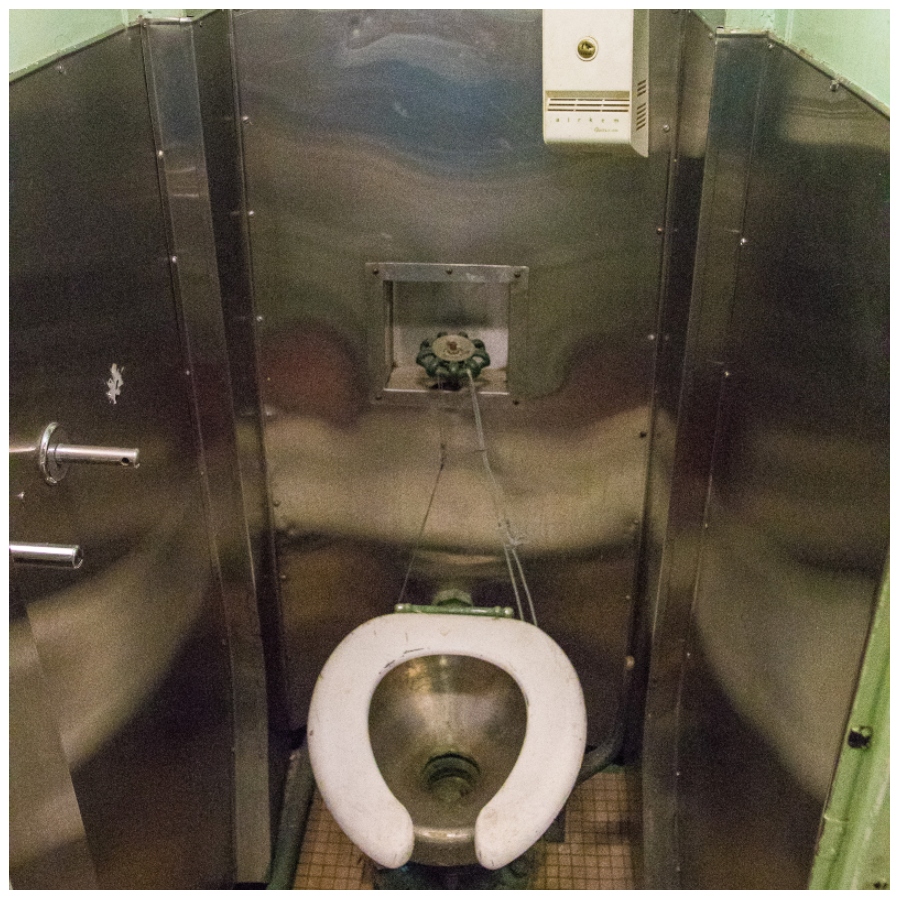
Submariners need to get used to doing their business quickly and in cramped confines. That’s okay, though; these bathrooms are not designed to be hang-out zones. Just get in and get out.
Only Pack The Essentials
Going on a tour is not like going on vacation. You don’t need to pack a giant suitcase full of clothes and shoes. Instead, the crew pack a small bag and wear their uniforms at almost every hour of the day.

Each crew member has an allocated cubby for their personal belongings, and with up to 100 people onboard, that means space is definitely at a premium. Only the bare essentials are permitted. Leave the heels at home!
An Accelerated Program
Just because a person wants to be a submariner doesn’t mean that they can automatically train to become one. There is an intensive recruitment process, followed by an equally intense 6-month training.

During training, future submariners are expected to cram about 4 years of knowledge into their brains. That is in addition to the physical training expected of all new recruits. Once you pass all of the tests, you are welcomed aboard, and the hands-on training begins.
Solitude
Submarines are designed to be stealthy. One of the ways this is accomplished is through a series of instruments that mask the location of the submarine. That also means that communicating with the outside world is virtually non-existent while submerged.
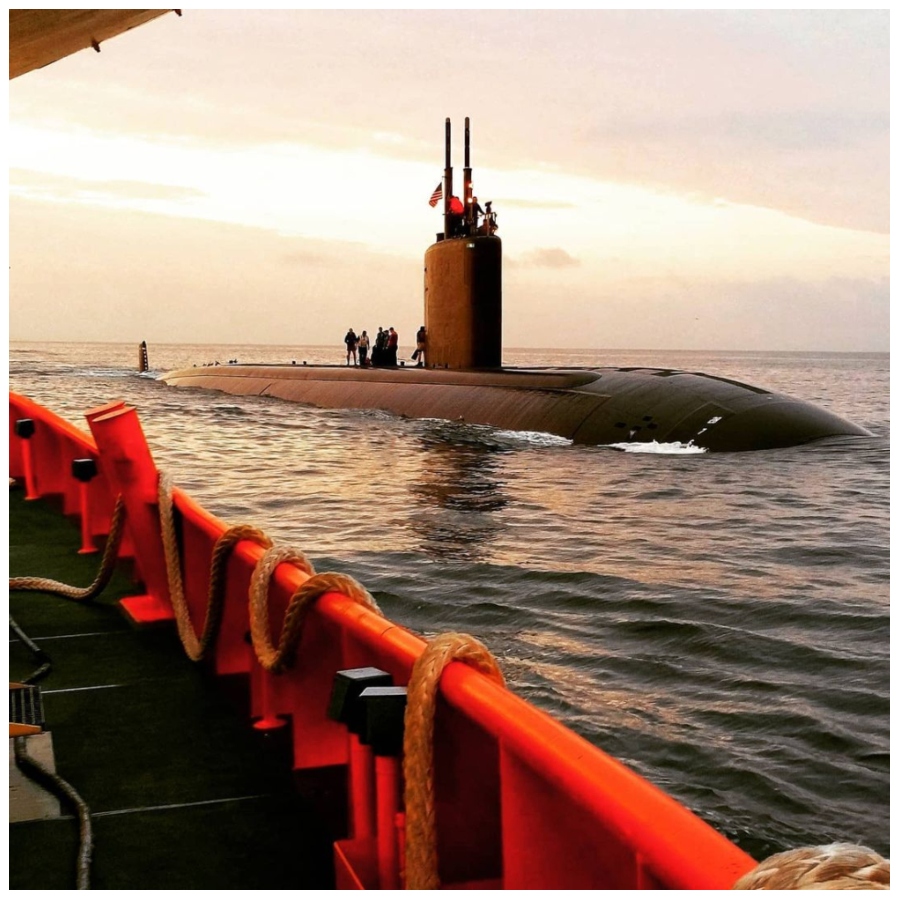
Crew needs to get used to living inside their bubble and only talking to friends and family when they reach a port. It’s safe for everyone aboard if no contact is made except during scheduled times.
Conserving Water
Water might not seem like a hot commodity, especially since a submarine is surrounded by it. However, fresh water is at a premium as it must be filtered from the salt water outside. That means regular habits like showering every day go straight out the door.
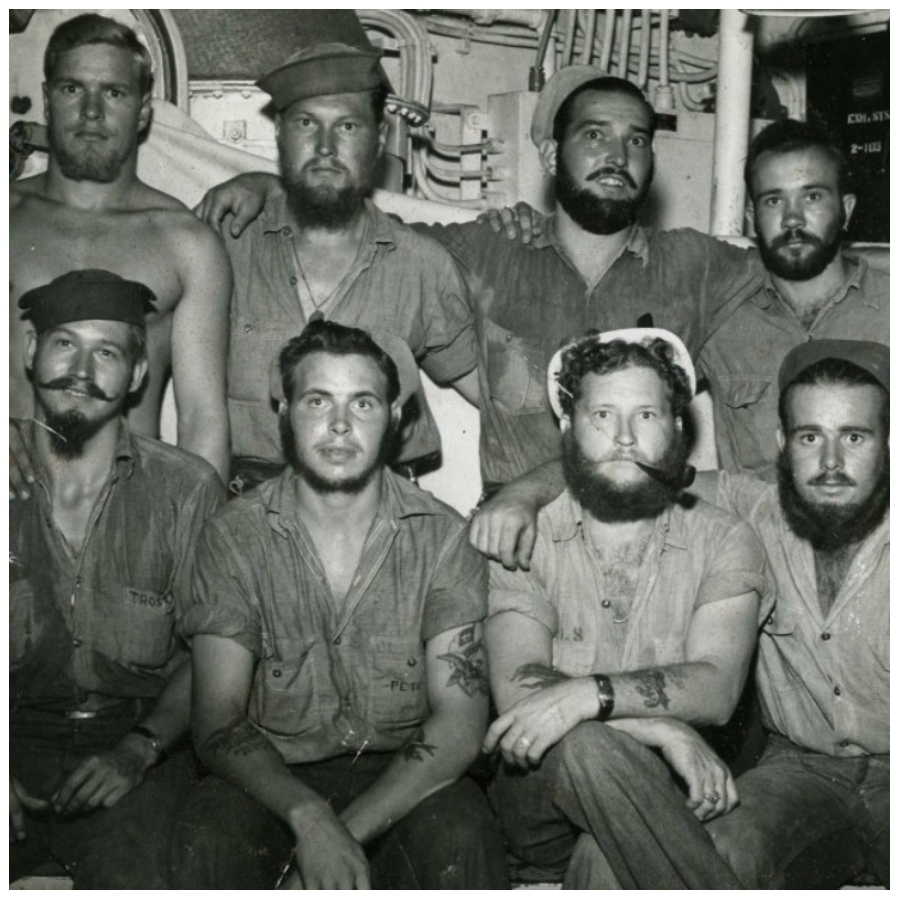
Personal grooming is a lot more lax, and a lot of crew tend to let their beards and their hair grow out. Add a little mustache wax, and each crew member can look like a bonafide hipster.
Catching Leaks
A leaky submarine is not a submarine anyone wants to be onboard for 3+ months. Before a submarine sets off on a tour, the crew submerges it and searches for any leaks. Even if it is only a tiny leak, it can grow into a big one, which could become a serious threat to everyone’s lives onboard.
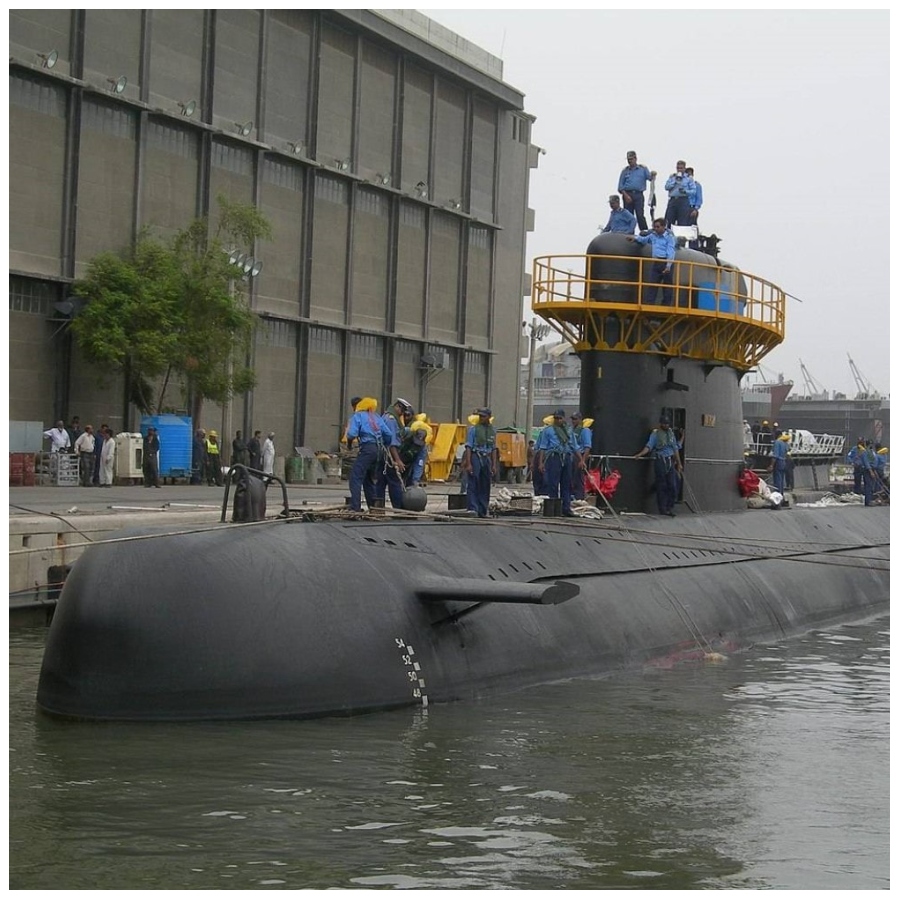
Leaks need to be patched as soon as they are located. The same goes for any seaworthy vessel. Leaky submarines and leaky boats tend to sink or stay submerged.
A Little Squishy
By now, we all know that a submarine is a cramped place, and nobody knows that better than submariners. Hallways are never wide, and there are often wires and other machinery poking out of the walls.

Nobody will be wandering around a sub in a group unless it is in a single file. If you’re tall, some spaces might be squishier than others.
Scrub A Dub Dub
Bathrooms are small, which means so are shower stalls. There are no marble-walled bathrooms onboard a submarine. Showers are designed to be as small as possible.
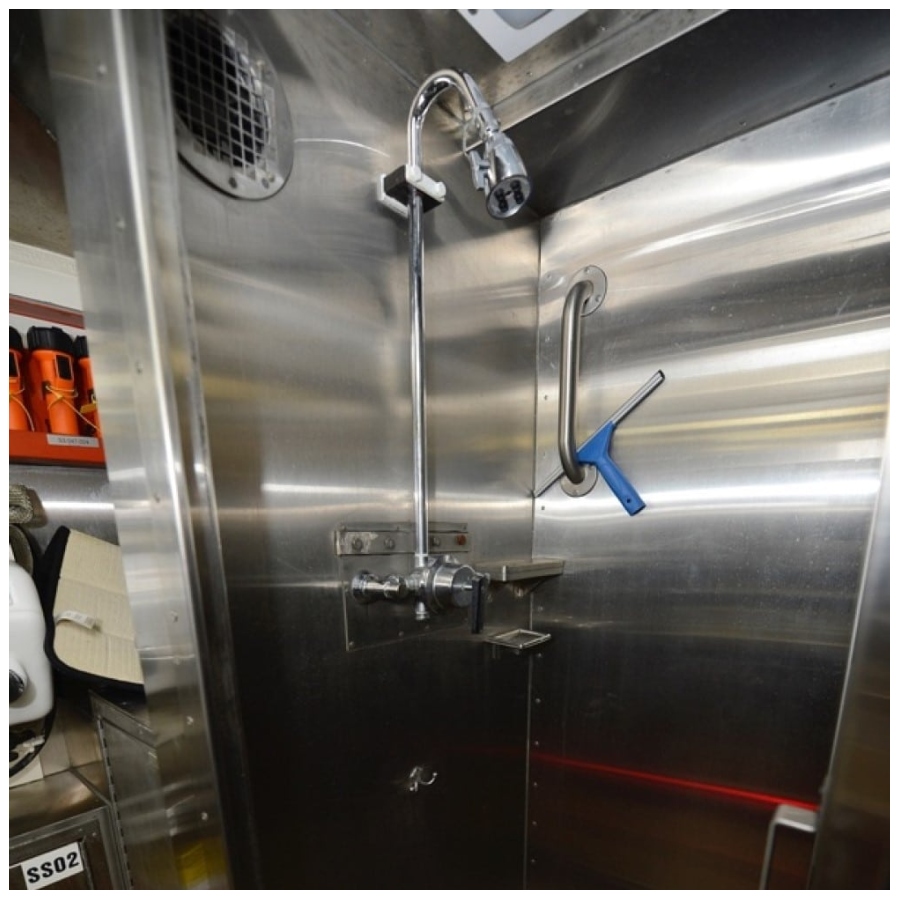
That might make rinsing off a bit tricky for some people, but ultimately all that matters is feeling squeaky clean after a few days of not showering. Nobody should expect to luxuriate in a submarine shower.
The Importance Of Food
After working a long shift, every crew member looks forward to a good hot meal. Because food is one of the most important things onboard a submarine, the kitchen, or ‘galley’ as it is known on vessels, is one of the biggest places on the ship.

The galley is chock full of non-perishable items like cans of tomato sauce, beans, and everything else needed for a nutritious diet.
The Cuisine
Submarines and cuisine might not sound like they go together, but the food is definitely given preferential treatment onboard a sub.

Cooks are brought onboard for all tours, and they are able to whip up some culinary marvels. There is always a lot of protein in the form of fish and chicken, and on special nights there is even some delicious homemade pizza.
Understanding The Hierarchy
When it comes to scheduling watch duties, every crew member is given a slot. Some slots are better than others though, and it definitely varies by submarine. Each part of the submarine requires 24/7 surveillance, but some areas are easier than others.
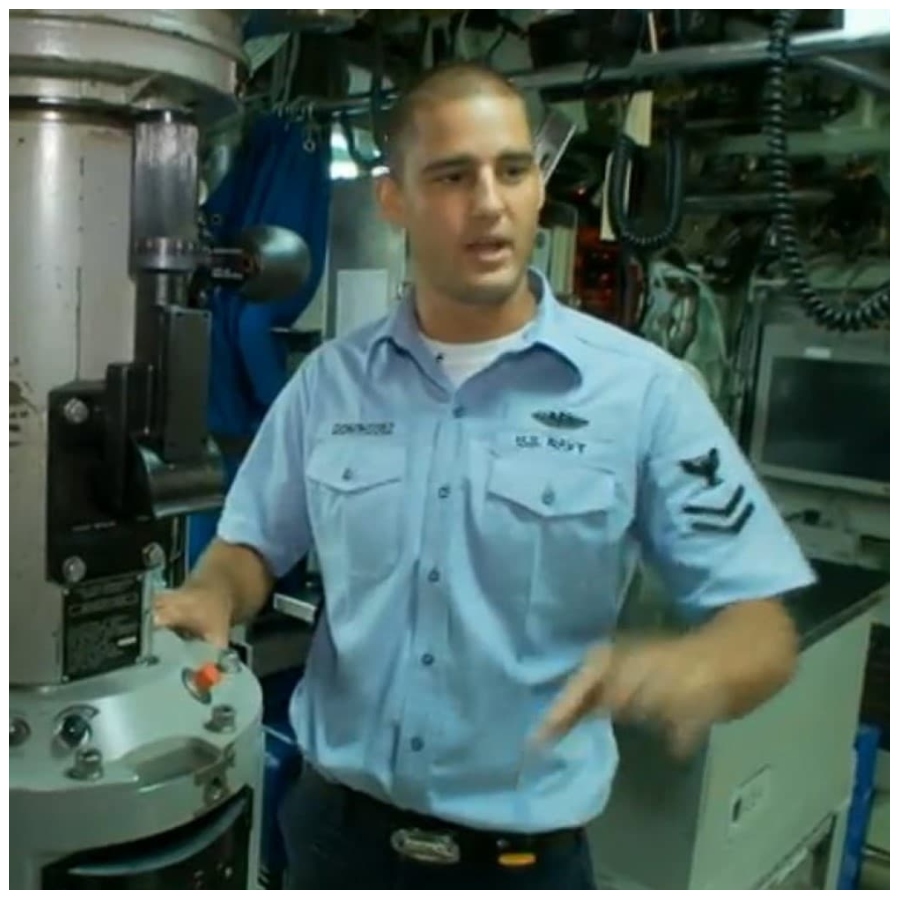
New crew members have to follow the hierarchy and deal with watch duty in less desirable locations.
The Top Of The Hierarchy
Officers are the ones at the top of the hierarchy. When they have watch duty, it is in areas that actually control the movement of the submarine themselves.
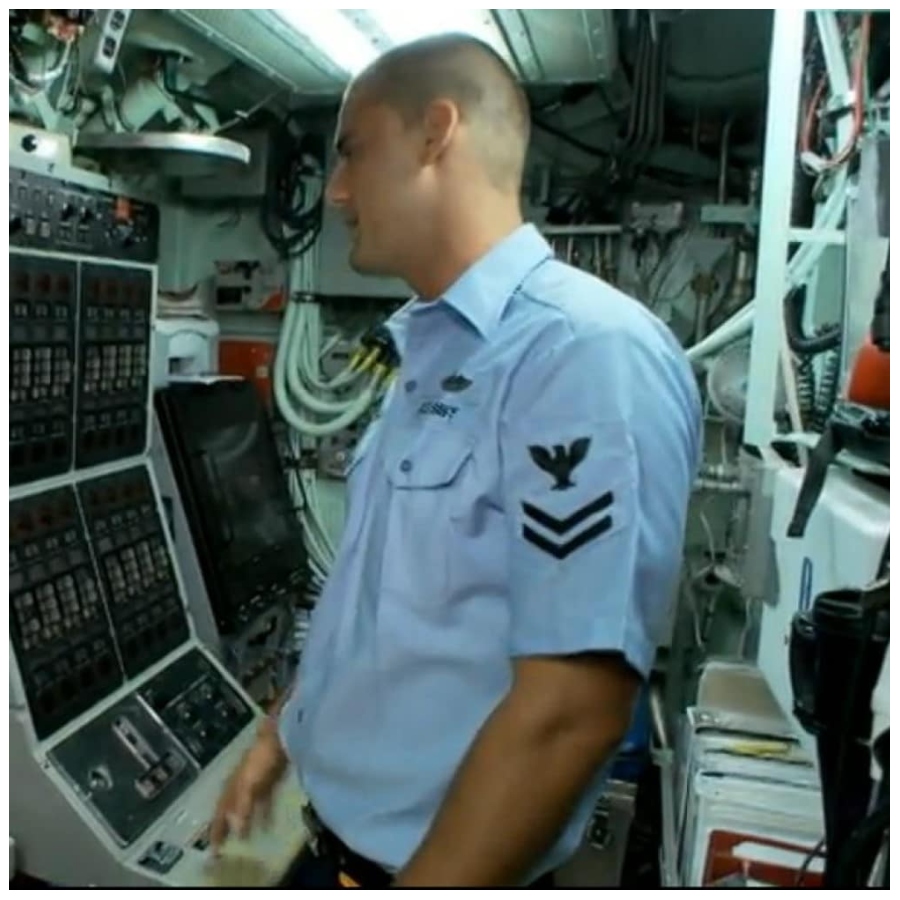
Officers at the conning tower determine where the ship should go, and are able to relay orders to the relevant personnel who aid in movement. While this is a plum position, it does come with some serious responsibility.
Storage Area
With so many different items kept onboard, it makes sense that there would be a specific place designated for weaponry. This area of the submarine is called the command launch.
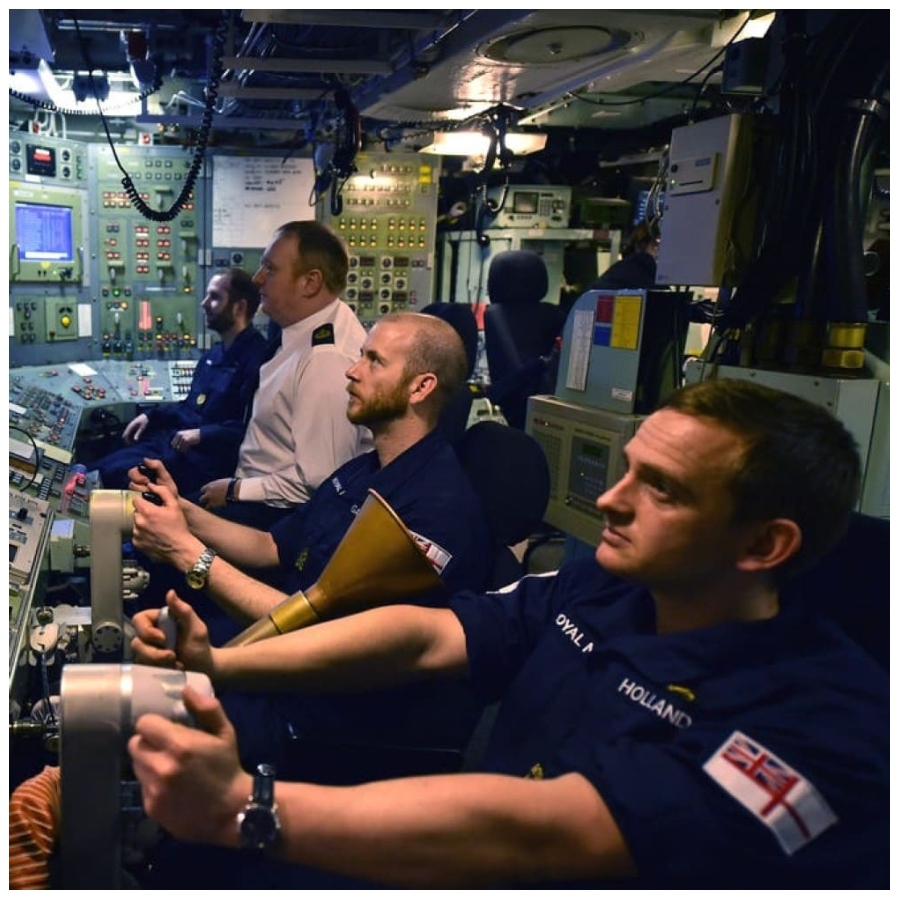
Each part of this area is designed to hold a certain armament, and with space at a premium there is no room for any extra items. That even includes unnecessary lights to illuminate the space.
More On The Arsenal
Each submarine will carry a mix of missiles, nukes, and other weaponry deemed necessary by the commanding base. One of the most common missiles found aboard is called the Trident missile.

These missiles employ a targeting system which makes them particularly effective. Everyone onboard should feel nice and safe knowing they have these. They are only used in authorized settings.
Recreational Activities
These submariners need some down time, and games nights are one of the most exciting nights onboard. Each mess hall has a number of board games that they keep ready for play.
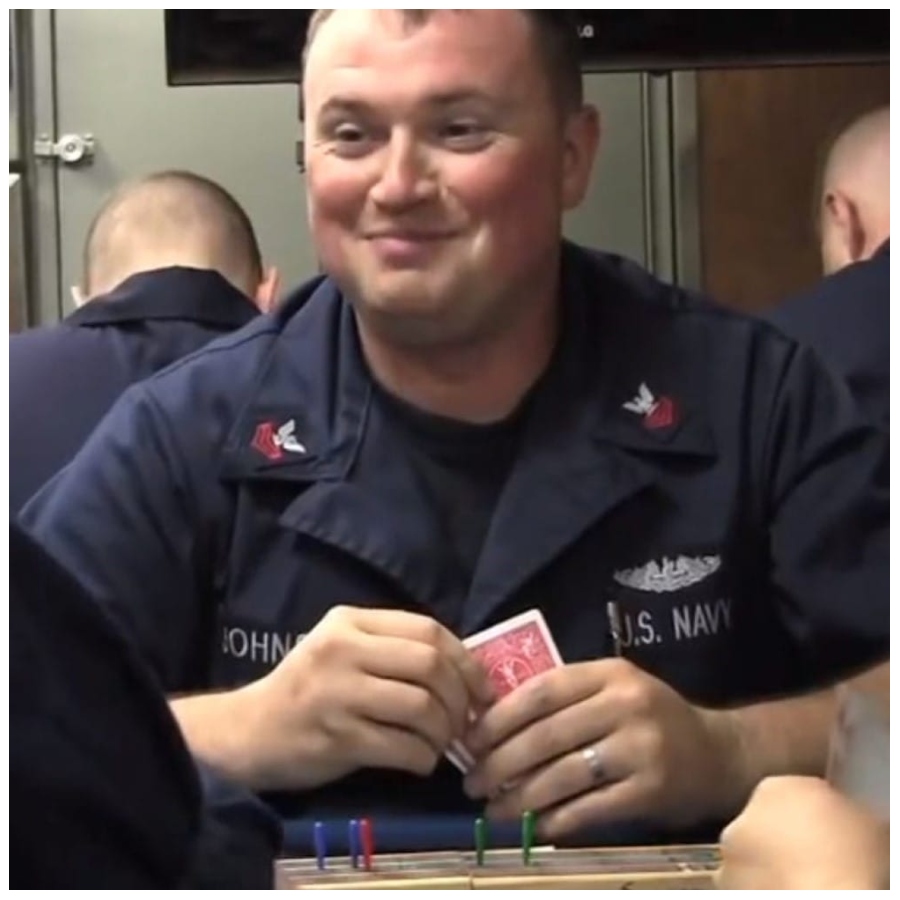
Games like cribbage and cards are popular because they don’t take up very much space, and multiple people can play them. That sounds like a pretty good time!
Traversing The Seven Seas
Most countries with a navy have submarines that they deploy to patrol the waters around their shores.
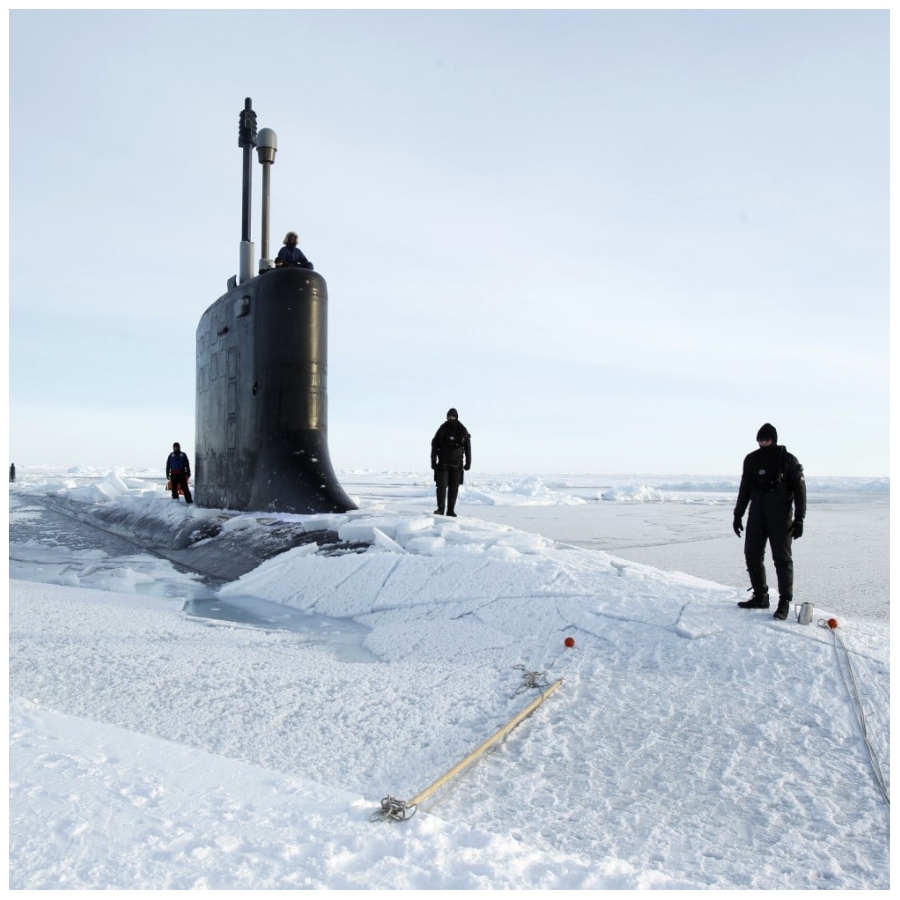
Submarines are designed to be undetectable, which means many of these subs travel much farther than the shores of their home country. Each submarine has a different mission, and unless you see the submarine come up for air, you should never know where it is.